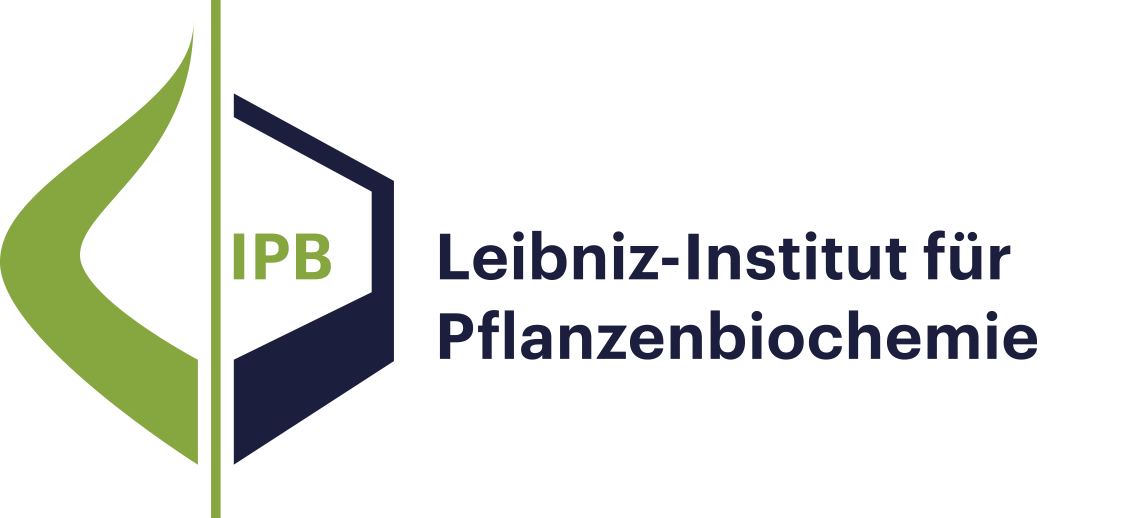Publikationen Program Center MetaCom
- Results as:
- Print view
- Endnote (RIS)
- BibTeX
- Table: CSV | HTML
Publications
Diese Seite wurde zuletzt am 03 Sep 2024 geändert.
Research Mission and Profile
Molecular Signal Processing
Bioorganic Chemistry
Biochemistry of Plant Interactions
Cell and Metabolic Biology
Independent Junior Research Groups
Program Center MetaCom
Publications
Good Scientific Practice
Research Funding
Networks and Collaborative Projects
Symposia and Colloquia
Alumni Research Groups
Publikationen
Publikationen Program Center MetaCom
Publications
Microbial biological control agents are increasingly used as an alternative to synthetic pesticides. The application of these microorganisms massively affects all members of plant‐colonising microbial communities, including pathogenic fungi. In the majority of cases, the resulting competition for ecological niches is decided by the toxicity of microbial secondary metabolites (SMs) formed. In this study, we devised confrontation experiments employing the fungal maize pathogen Colletotrichum graminicola and antagonistic partners, that is the biocontrol bacterium Bacillus amyloliquefaciens and the ubiquitous ascomycete Aspergillus nidulans. Transcriptome studies uncovered strong de‐regulation of the vast majority of the C. graminicola secondary metabolite biosynthetic gene clusters (SMBGCs), with 69% and 86% of these clusters de‐regulated at confrontation sites with B. amyloliquefaciens or A. nidulans, respectively. In the biocontrol bacterium and in A. nidulans confronting the maize pathogen, 100% and 74% of the SMBGCs were transcriptionally de‐regulated, respectively. Correspondingly, non‐targeted high‐resolution LC–MS/MS revealed a large repertoire of 1738 and 1466 novel features formed in the fungus–bacterium and fungus–fungus confrontation, respectively. Surprisingly, several of these belong to chemical classes with lead structures of synthetic fungicides.
Diese Seite wurde zuletzt am 03 Sep 2024 geändert.

